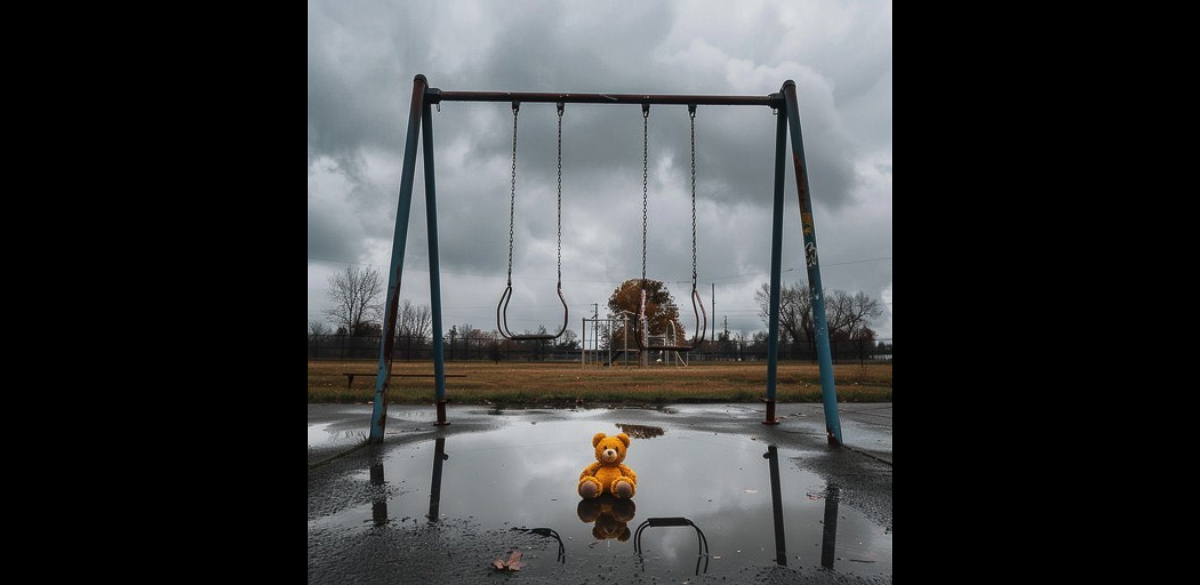Following the Bayesian sinking, our community has been hit hard by an unimaginable tragedy and our world will never be the same again.
The weight of this incident has left us all in shock, grappling with grief, trauma, and the reality of what’s happened.
As a nurse with a lot of experience in critical incidents, trauma and grief, Amanda Beaver Hewson, MSOS trainer, is giving you some tools and guidance you may need to navigate this difficult time.
This guide is designed to support you through every stage of this journey, whether you’re processing your own grief, supporting others, or working to keep the community strong.
Together, we will find the strength to heal.
Understanding grief: everyone processes it differently
Grief is a complex and deeply personal experience. It’s important to recognize that everyone processes grief differently, and there’s no “right” or “wrong” way to feel.
Whether you were close to the crew members involved in this tragedy or not, being part of this community means you’re allowed to feel upset, shocked, or even devastated. Your feelings are valid, no matter your connection to those lost.
Common reactions to grief
- Crying
Some people may find themselves crying often, even unexpectedly. Tears can be a healthy release of emotion. If you can’t cry, that’s normal and ok too. - Withdrawal
Others may pull away from social interactions, seeking solitude as they process their feelings. - Anger and snapping
It’s not uncommon for grief to manifest as irritability or anger. You might notice people snapping at small things, this is often a sign of deeper emotional pain. - Numbness
Some may feel emotionally numb, unable to process the full weight of the loss. This can be a temporary coping mechanism as the mind protects itself from overwhelming pain.What to watch for:
- Sudden changes in behavior
If someone who is usually outgoing becomes withdrawn, or someone typically calm starts snapping or displaying anger, these could be signs of struggling with grief. - Physical symptoms
Grief can also manifest physically. Watch for signs like fatigue, changes in appetite, or unexplained aches and pains. - Isolation
If someone is isolating themselves, it’s important to gently reach out. Even if they don’t want to talk, knowing someone cares can make a big difference.
How to support each other
- Offer a listening ear
Sometimes, the best support is simply listening without judgment. Let your friends and colleagues express their feelings, whatever they may be. - Be patient
Understand that everyone’s timeline for grief is different. Some may seem to “move on” quickly, while others take longer. Both are ok. - Encourage healthy coping
Gently encourage activities that can help with processing grief, such as taking walks, talking with loved ones, or engaging in creative outlets like writing or art.
Psychological first aid with the ACCE model
In the wake of a traumatic event, it’s essential to address the immediate psychological needs of those affected. Psychological First Aid (PFA) is a vital tool in helping people regain a sense of stability and safety. The ACCE model; Assess, Calm, Communicate, Evacuate, provides a structured approach to offering immediate support.
1. Assess
The first step in providing Psychological First Aid is to assess the situation and the individuals involved:
- Observe the environment
Quickly evaluate the physical and emotional state of those affected. Are they in a safe environment? Are there immediate physical needs that need attention? - Identify emotional distress
Look for signs of emotional distress, such as confusion, withdrawal, or panic. Ask open-ended questions to gauge how they are feeling and what they might need. - Prioritize needs
Determine who needs immediate support and who might be ok with a little space. Some individuals may require urgent attention, while others might need a more subtle check-in.
2. Calm
Once you’ve assessed the situation, the next step is to help the individual calm down:
- Create a safe space
If possible, move them to a quieter, more private area where they feel safe and away from the chaos. Sometimes, just stepping away from the noise and tension can make a big difference. - Use grounding techniques
Encourage deep breathing or focus on simple, physical sensations like feeling the ground under their feet. These techniques help bring them back to the present moment, reducing anxiety. - Offer reassurance
Provide calm, reassuring statements like, “You’re safe now,” or “We’re going to get through this together.” Let them know they are not alone and that you are there to support them.
3. Communicate
Effective communication is key in helping someone process the initial shock and begin to stabilize:
- Listen actively
Sometimes, all someone needs is to be heard. Listen without interrupting, and reflect back what you hear to show understanding. Phrases like “I hear that you’re feeling…” can be very validating. - Simplify information
In a high-stress situation, people may struggle to process complex information. Keep your communication simple, clear, and direct. Break down what’s happening and what the next steps are. - Encourage expression
Let them talk about their feelings if they’re ready. If they’re not, don’t push—sometimes, it takes time for someone to find the words.
4. Evacuate
The final step, “Evacuate,” isn’t just about physical evacuation, it’s about removing the person from the source of stress, whether that’s by giving them a break or moving them to a safer space:
- Provide rest
Sometimes, the best thing you can do is to offer a chance to rest. This could mean suggesting they lie down, take a break, or even take the day off. Rest is crucial for recovery, especially after a traumatic event. - Temporary relocation
If the environment is too overwhelming, suggest a temporary change of scenery. This might mean moving to a different part of the yacht, or if needed, evacuating off the boat entirely. - Plan for ongoing support
If the situation is severe, help them connect with ongoing support services. This might include mental health professionals, counselors, or even coordinating with family members.
Dealing with grief and supporting others
Grief is a natural, yet deeply personal, response to loss. It’s important to allow yourself to feel and process these emotions rather than pushing them aside.
- Feel your emotions
Grief comes in waves. Sometimes it’s overwhelming, and other times it feels like a dull ache. Allow yourself to ride these waves without judgment. - Support others through presence
If you’re supporting someone else through their grief, remember that your presence is often more powerful than words. Just being there can provide immense comfort. - Create safe spaces
Encourage the sharing of memories, stories, and feelings. This could be through informal gatherings, memorials, or simple rituals that honor those who’ve been lost.
Recognizing and managing trauma: physical and mental signs
Trauma doesn’t always manifest immediately. It can appear in both physical and mental forms, and recognizing these signs is crucial for healing.
- Physical signs
Insomnia, fatigue, unexplained aches, and a heightened startle response.
Digestive issues, headaches, or an elevated heart rate. - Mental and emotional signs
Anxiety, depression, irritability, or feeling disconnected from reality.
Flashbacks, hypervigilance, or emotional numbness. - Coping strategies
Grounding Techniques: Practice deep breathing, focus on your surroundings, or hold onto a physical object to stay present. Box breathing helps: in for four, hold for four, out for four …
Routine and Structure: Establish a daily routine to restore a sense of normalcy - .Physical activity
Gentle exercises like walking or stretching can help release built-up tension and improve mood.
Working as a team after a critical incident: communication, briefing, and debriefing
In the aftermath of a critical incident, how we work together as a team is vital to our collective recovery.
Effective communication
- Create safe spaces for dialogue
Encourage open, honest conversations where everyone feels heard. - Use clear, direct language
Be straightforward about what happened and what needs to happen next to prevent further confusion or stress.
Briefing
- Acknowledge the incident
Address the event directly in your briefings to validate everyone’s experiences and feelings. - Outline immediate steps
Provide clear instructions on what needs to be done next, including any operational adjustments. - Assign roles
Clarify everyone’s roles moving forward to provide a sense of purpose and direction.
Debriefing
- Structured debrief
Go over the incident together, discussing both the facts and the emotional impact. - Identify lessons learned
Focus on what w-ent well and what could be improved, without assigning blame. - End positively
Highlight the strengths demonstrated by the team and reinforce the importance of supporting one another.
When to seek professional help
Grief and trauma can sometimes be too much to bear alone. It’s important to recognize when professional help is needed.
- Persistent symptoms
If symptoms of anxiety, depression, or physical pain persist for weeks and interfere with daily life, it’s time to seek professional help. - Inability to function
If daily tasks become overwhelming or impossible, professional support is essential. - Substance abuse
If you or someone you know is turning to alcohol or drugs to cope, it’s a clear sign that professional help is needed.
Sticking together as a community
Stick together, hold space for each other, pick up the phone, and most of all be kind.


























0 Comments